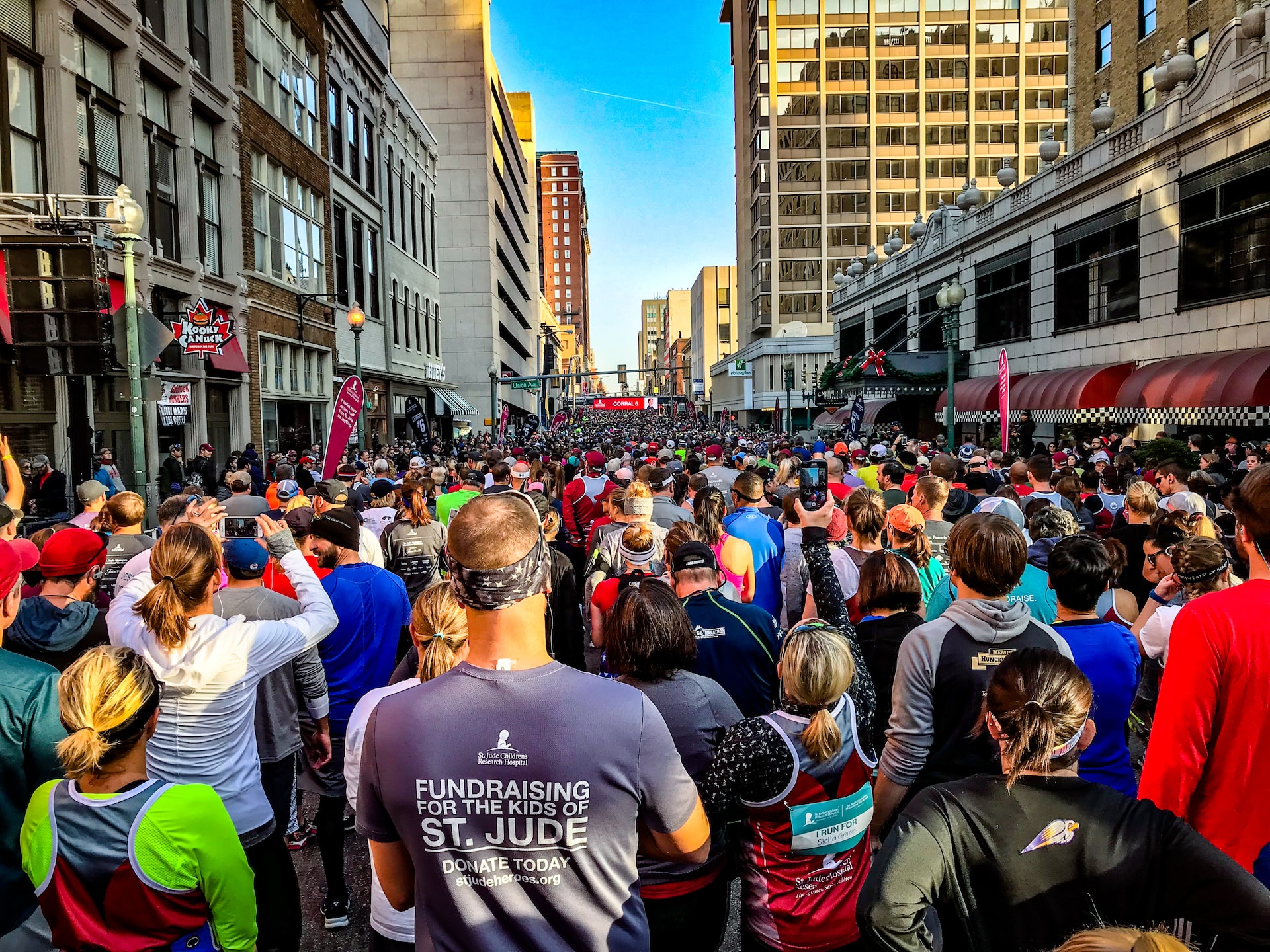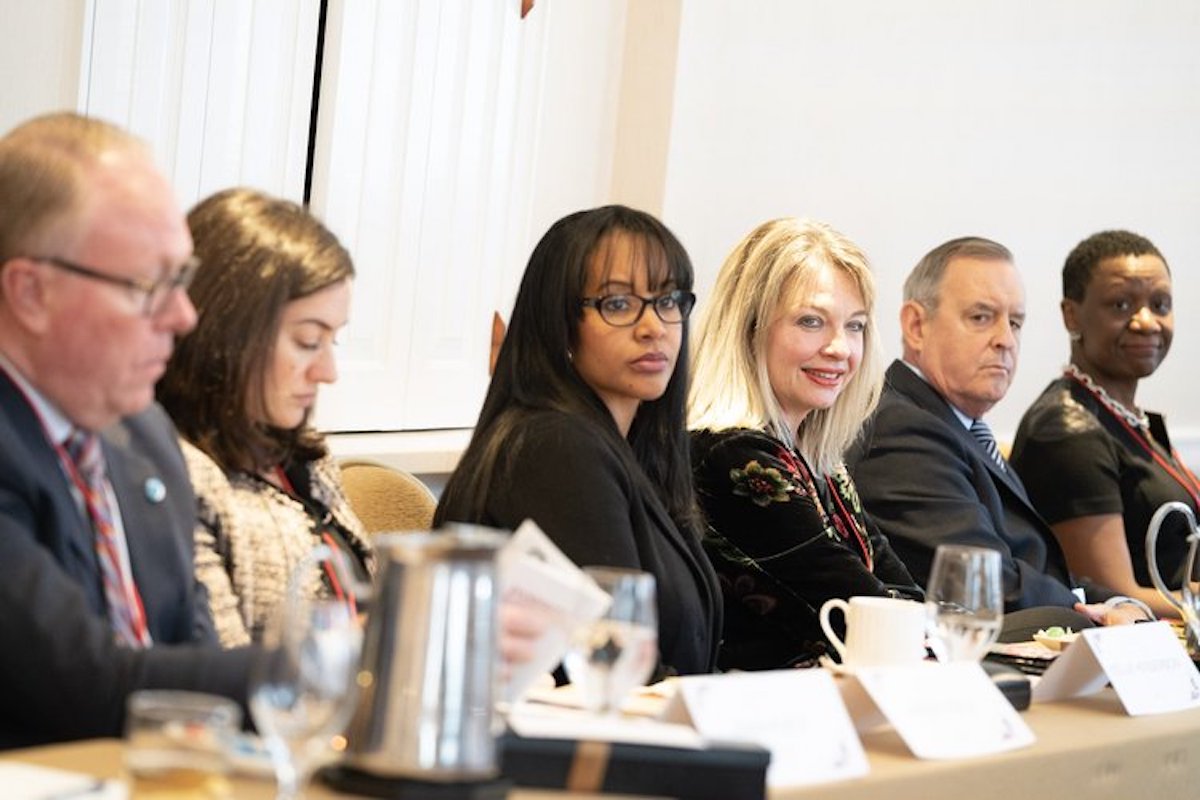Skift Take
It’s difficult to have a successful fundraising event without attendees. If you’re struggling to get more people to your fundraiser, it’s time you branch out. Try these ideas.
A fundraiser is only as successful as the people you get in attendance. If you invite huge lists and only a fraction of them come, it’s time to reevaluate the process. Something isn’t working. But fear not. There are many ways to improve attendance at your next fundraiser; most aren’t as hard as calling hundreds of strangers.
How to Get Better Turnout at Your Fundraiser
- Invite the right people. It will be difficult to build a successful event if you target people merely by the size of their wallets and not their personal cares or concerns&. People with money receive invitations all the time. Unless they know the host personally or the cause means something to them, you won’t see them in attendance.
- Use ambassadors. An RSVP from an event organizer is not nearly as convincing as one from a friend of a professional acquaintance. The Ohio Valley Symphony has an annual fundraiser featuring a contest of three local citizens who vie to become the orchestra’s maestro for a song during the Christmas Concert. They win the position by raising money through any means they see fit, including requesting friends and family support them in their quest.
- Personalize the message. You need all kinds at a fundraiser. Some will buy tables; others just a seat but personalizing a message to the different levels of sponsors and ticket buyers will mean more donations and attendees for your event.
- Use social media in a targeted way. Social media ads aren’t very costly, and you can drill down to locate people who have a greater chance of being attendees at your event. Don’t do a blanket push. Select who you target carefully and create landing pages and messaging for those demographics.
- Tell your story on social media. Nonprofits and those hosting fundraisers have an advantage over corporate groups hosting events. There’s usually an inspirational story (or stories) that go along with a fundraiser. Tell them on all mediums – email, letters, social media, video, pictures…. well, you get the idea. Whenever possible, use visual storytelling.
- Have a professionally designed site or landing page for your event. Allow for registration and encourage people to share the site on social media.
- Send both email and paper invitations. Some people love email, while others prefer a paper invite to refer to. Unless you have asked your entire guest list what form of communication they prefer, this isn’t overkill, and you’re best off doing both.
- Create an event on Facebook. Create an event on social media but don’t use that as your only invite (note the above tip). Instead, if someone signs up on social media, find a way to stay in contact with them. That could be by matching your database of contact information to the invitee or by following up with them on the site through a message. The problem with invitations on Facebook is that people often answer on behalf of their intentions and not what they will actually do.
- Remove the friction of signing up or RSVPing. Don’t make people call you to RSVP or order tickets. Allow them to order online when the mood strikes.
- Combine social and email marketing. Use social media and an email campaign to get people who have registered even more interested in the event. Show them things happening behind the scenes, those people or services they are helping, and the venue where it will happen. Pique their interest, and they’re more likely to show up.
- Write a handwritten invitation to your most loyal donors. Make them feel special and woo them in a nostalgic sense with a handwritten request for their presence.
- Reach out to past attendees who haven’t RSVP’d yet. This will make them feel important to you and remind them to buy tickets if they have forgotten. Do not contact everyone on your list in a blanket communication telling them to register. If you do, and they already have, they’ll likely be concerned you haven’t received their RSVP and will needlessly contact you.
- Go live as you set up the event the night or the morning before. Using a free social media live stream, this sort of broadcast excites people about attending your event.
- Place VIPs on your event board. People who give buy-in and advice on something feel an added incentive to see how it turns out, which means they’ll also attend. This also helps you build a closer relationship with them.
- Honor someone at your event and ensure they know you are doing so. Honoring one of your VIP donors is a good way to get them and their family and friends there.
- Place VIP board members’ names on the invitation. When people receive an invitation, they feel more obligated and motivated to attend if they recognize a name.
- Reach out to younger attendees. Younger people generally don’t have as much money as established older donors but are interested in “doing good.” Why do sites like Kickstarter and GoFundMe work so well? It’s not because they’re bringing in large checks from big donors. Most of those campaigns depend upon someone giving a few dollars here and a few dollars there. You can shift the event towards a younger demographic. They’re interested in helping out. They love social media and will tell all of their friends about your event. And they’re more likely to attend because they’re not getting hit up for every fundraiser in town.
- Ask them to attend in person. If possible, ask some of your big donors to come to your event when you’re face-to-face. It’s harder for people to turn you down when they’re looking into your eyes. Then get it into their calendar and follow up several times to remind them.
To secure a larger turnout at your fundraising event, you’ll want to use two tactics: personalization and personal obligation. They both go a long way to differentiate your event from the many others people receive during the course of the year. Delivering personal, targeted messages will mean more to potential attendees and will result in a larger percentage of your guest list attending. (and here are 50 tips to reduce event non-attendance.)
Photo credit: Joshua J. Cotten / Unsplash





